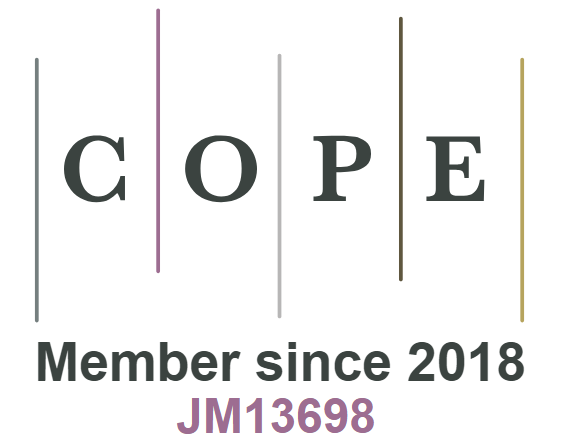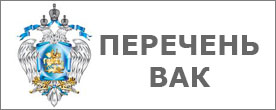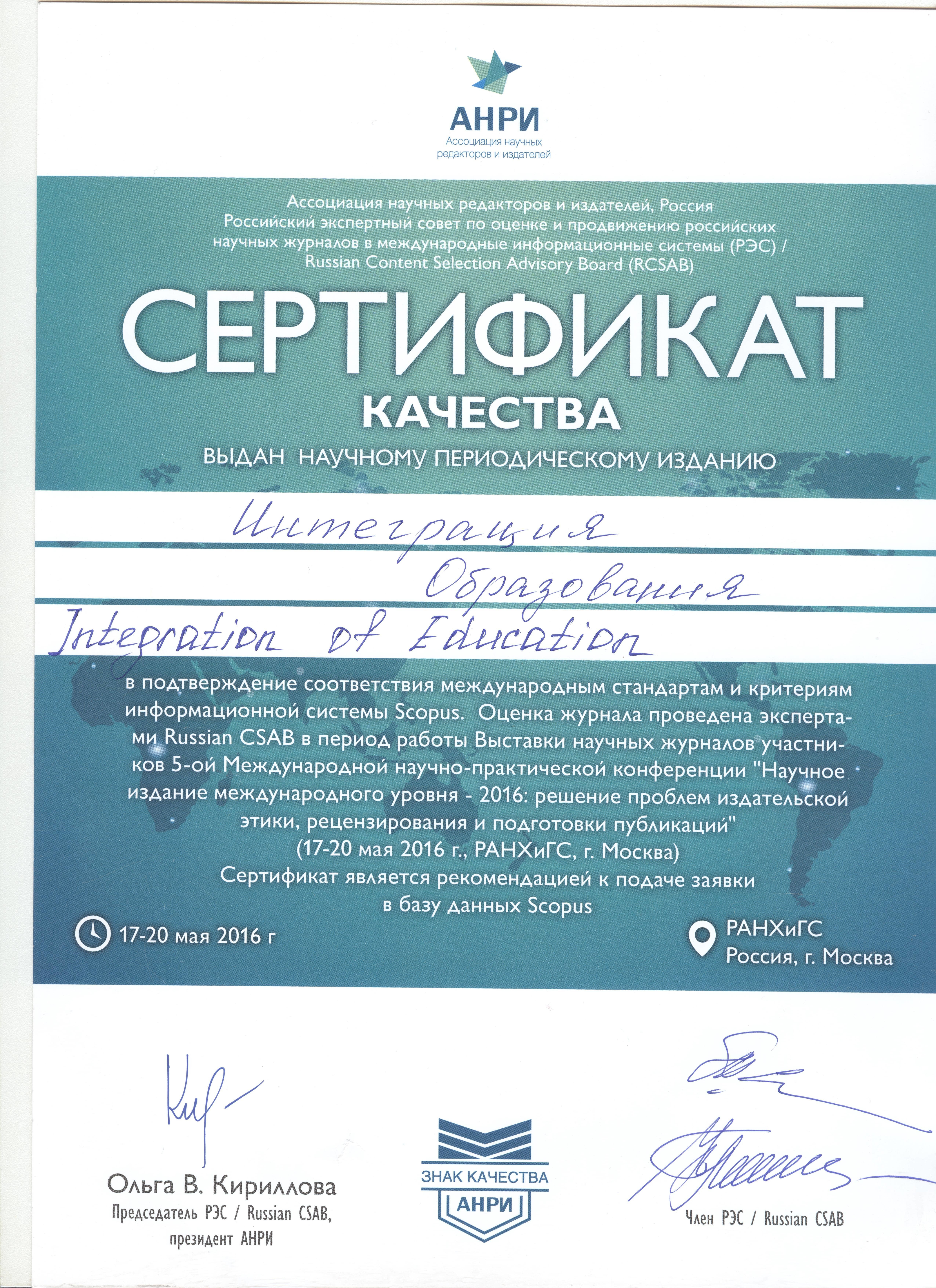DOI: 10.15507/1991-9468.114.028.202401.111-124
APOS Theory in Learning Mathematics (Using Trigonometry as an Example)
Nail K. Tuktamyshov
Dr.Sci. (Ped.), Professor of the Chair of Higher Mathematics, Kazan State University of Architecture and Engineering (1 Zelenaya St., Kazan 420043, Russian Federation), ORCID: https://orcid.org/0000-0002-4679-0701, Scopus ID: 56181288100, Researcher ID: L-2998-2018, This email address is being protected from spambots. You need JavaScript enabled to view it.
Tatiana Yu. Gorskaya
Cand.Sci. (Engr.), Associate Professor of the Chair of Higher Mathematics, Kazan State University of Architecture and Engineering ( 1 Zelenaya St., Kazan 420043, Russian Federation), ORCID: https://orcid.org/0000-0001-7136-8388, Scopus ID: 57163473900, Researcher ID: L-2152-2018, This email address is being protected from spambots. You need JavaScript enabled to view it.
Abstract
Introduction. One of the most well-known theories that allows us to study the process of structuring a concept in the mind of a student is the APOS theory, specially created for the study of mental processes in mathematical education and worthy of application in other disciplines. Despite numerous studies on methods of teaching mathematics, in recent years there have been few publications on the problem of students’ understanding of mathematical concepts; there are practically no works devoted to the study of the formation of mental structures in the course of students’ assimilation of mathematical concepts. The aim of the article is to analyze the process of mastering mathematical concepts using the example of trigonometric functions and present the results of the study in accordance with the stages of the APOS theory.
Materials and Methods. The study sample included 102 first-year students of the Institute of Construction Engineering under Kazan State University of Architecture and Civil Engineering. The APOS theory was used to study students' perception of mathematical concepts, which allowed us to see the details of mathematical concepts formation at each stage of the APOS theory, as well as to identify characteristic errors and classify them. The empirical basis of the study includes the results of a written survey conducted among students. The quantitative characteristics of each stage of APOS were compared.
Results. The effectiveness of the application of the APOS theory was shown, a questionnaire was developed which allowed studying the process of mathematical concept structurization in the student's mind. Within the APOS theory framework, differences in levels of understanding of trigonometry were identified, which allowed for the classification of errors made by students. It was found that most of the students who participated in the experiment made conceptual errors in learning the concept of function. The results demonstrated the importance of investigating the mental structures that emerge during the cognitive process to determine the intellectual reserves of learners.
Discussion and Conclusion. The results of the study contribute to the development of scientific understanding of the process of structuring mathematical concepts in the minds of learners and methods for studying the mental structures of abstract concepts. The materials will be useful for university teachers, school teachers in the development of mathematics, as well as in the study of other disciplines.
Keywords: mathematics, function, trigonometry, action, process, object, scheme
Acknowledgments: The authors are grateful to Prof. G. I. Kirillova for helpful discussion of the paper.
Conflict of interests: The authors declare no conflict of interest.
For citation: Tuktamyshov N.K., Gorskaya T.Yu. APOS Theory in Learning Mathematics (Using Trigonometry as an Example). Integration of Education. 2024;28(1):111–124. https://doi.org/10.15507/1991-9468.114.028.202401.111-124
All authors have read and approved the final manuscript.
Submitted 13.06.2023; revised 02.10.2023;
accepted 09.10.2023.
Authors’ contribution:
N. K. Tuktamyshov – research concept; theoretical justification of the research; formulation and description of methodological and theoretical problems; writing the theoretical part of the article.
Т. Yu. Gorskaya – conducting a survey (data collection) at Kazan State University of Architecture and Civil Engineering; statistical analysis of data; generalization of information; visualization of data in the text; writing the empirical part of the article.

This work is licensed under a Creative Commons Attribution 4.0 License.





























